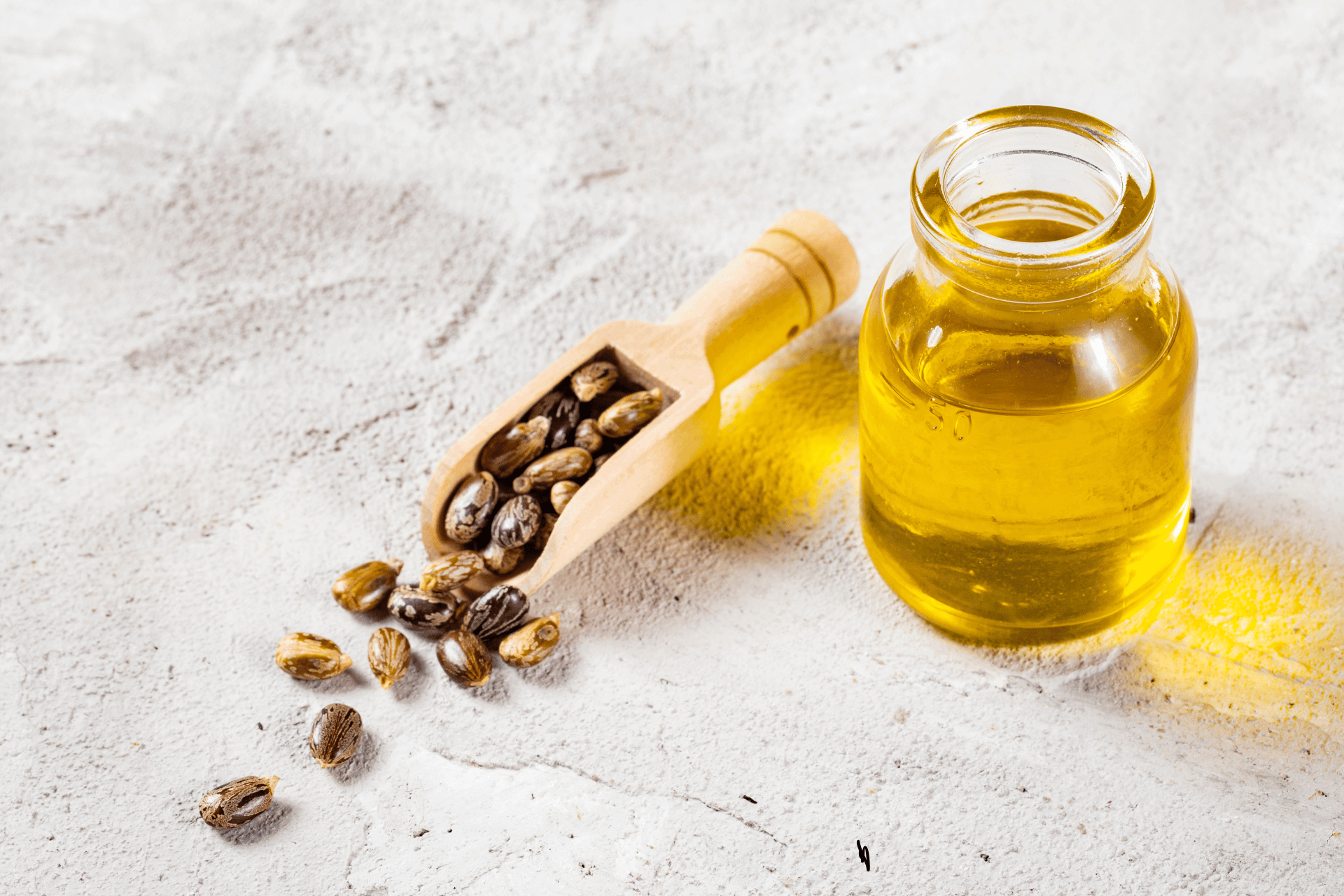Castor oil has been treasured for centuries as a natural remedy and multipurpose product. From traditional medicine to modern-day beauty routines, this thick, nutrient-rich oil is widely used to moisturize skin, promote hair growth, and soothe inflammation. But when you head to the store or shop online, you’ll quickly realize that not all castor oil is the same. Two of the most common types you’ll see are cold-pressed castor oil and refined castor oil.
At first glance, cold-pressed and refined castor oils may look alike, but the way they’re processed creates important differences in texture, purity, and overall use. Choosing the right type really depends on what you want to achieve. In this guide, The GoodBye Company explores the key distinctions between cold-pressed and refined castor oil, highlights their unique benefits, and helps you determine which option is the best fit for your needs.
What Exactly Is Castor Oil?
Castor oil comes from the seeds of the Ricinus communis plant, a hardy shrub that grows in warm climates. The seeds are rich in fatty acids, most notably ricinoleic acid, which is responsible for many of the oil’s healing and moisturizing properties. Depending on how the seeds are processed, you’ll end up with either cold-pressed or refined castor oil. While both versions share the same origin, the processing method changes their quality, color, scent, and even nutrient levels.
Cold-Pressed Castor Oil
How It’s Made
Cold-pressed castor oil is extracted by applying pressure to the seeds without using heat or chemicals. This method preserves the oil’s natural composition, keeping its nutrients intact.
Characteristics
- Thick consistency with a slightly sticky texture
- Golden-yellow or pale amber in color
- Retains its natural, earthy aroma
- Rich in antioxidants and nutrients
Best Uses
Because it is minimally processed, cold-pressed castor oil is favored for natural health and beauty purposes. It’s commonly used for:
- Hair growth: Nourishes the scalp and strengthens hair follicles.
- Skin hydration: Provides deep moisture for dry or flaky skin.
- Lash and brow care: Applied sparingly to promote thicker eyelashes and eyebrows.
- DIY beauty recipes: Popular for homemade creams, masks, and natural treatments.
If you want castor oil in its purest, most nutrient-rich form, cold-pressed is the way to go.
Refined Castor Oil
How It’s Made
Refined castor oil is produced by further processing the raw oil, often using heat and filtration. The goal is to remove impurities, color, and odor, leaving a lighter and more neutral oil.
Characteristics
- Clear to very light in color
- Thinner consistency compared to cold-pressed
- Almost odorless, with a neutral scent
- Contains fewer nutrients because some are lost during refinement
Best Uses
Refined castor oil is often chosen for industrial and cosmetic purposes, such as:
- Soaps, lotions, and commercial beauty products
- Pharmaceutical formulations where a neutral oil base is needed
- Applications where scent or color would interfere with other ingredients
While still useful, refined castor oil lacks the full nutrient profile of cold-pressed oil, making it less ideal for personal wellness routines.
Cold-Pressed vs. Refined: Which Is Right for You?
The choice between cold-pressed and refined castor oil really depends on your intended use:
- For personal care (skin, hair, lashes, brows): Cold-pressed is the best choice since it contains more beneficial nutrients and antioxidants.
- For DIY natural remedies: Cold-pressed ensures you’re working with the purest, most natural form of the oil.
- For commercial or industrial purposes: Refined castor oil is preferred because it is lighter, odorless, and easier to blend with other ingredients.
Think of cold-pressed castor oil as the nutrient-rich, organic version, while refined castor oil is more like the clean, neutral version used in mass production.
Tips for Buying Quality Castor Oil
No matter which type you choose, the quality of castor oil can vary greatly between brands. Here are some tips to help you pick the best one:
- Check the label: Look for “100% pure castor oil.” Avoid products with fillers or additives.
- Choose hexane-free: Hexane is sometimes used in oil extraction, but a hexane-free label ensures a more natural product.
- Packaging matters: Dark glass bottles are better because they protect the oil from light and preserve freshness.
- Look for certifications: Organic or cold-pressed certifications add extra assurance of quality.
- Buy from trusted sources: To avoid diluted or low-quality oils, purchase from reputable sellers.
Read the article: Beauty Habits That Transform Your Skin
Final Thoughts
Both cold-pressed and refined castor oil have their place, but they serve different needs. If you’re looking for a nutrient-rich, natural oil to use in your beauty and wellness routines, cold-pressed castor oil is the superior choice. On the other hand, if you need a neutral, light oil for commercial products or industrial use, refined castor oil is more practical.
By understanding the differences, you can make an informed decision and get the best results from this powerful, versatile oil. Whether it’s for glowing skin, healthy hair, or product formulations, castor oil continues to be a time-tested natural solution worth keeping in your cabinet.

Chase Ortiz is part of the team at PaigeSimple, where he takes care of all the advertising requests. With a sharp eye for detail, Chase makes sure every advertising opportunity is handled smoothly, helping the site grow and reach more people. His ability to manage these tasks efficiently makes him an important part of the team.

